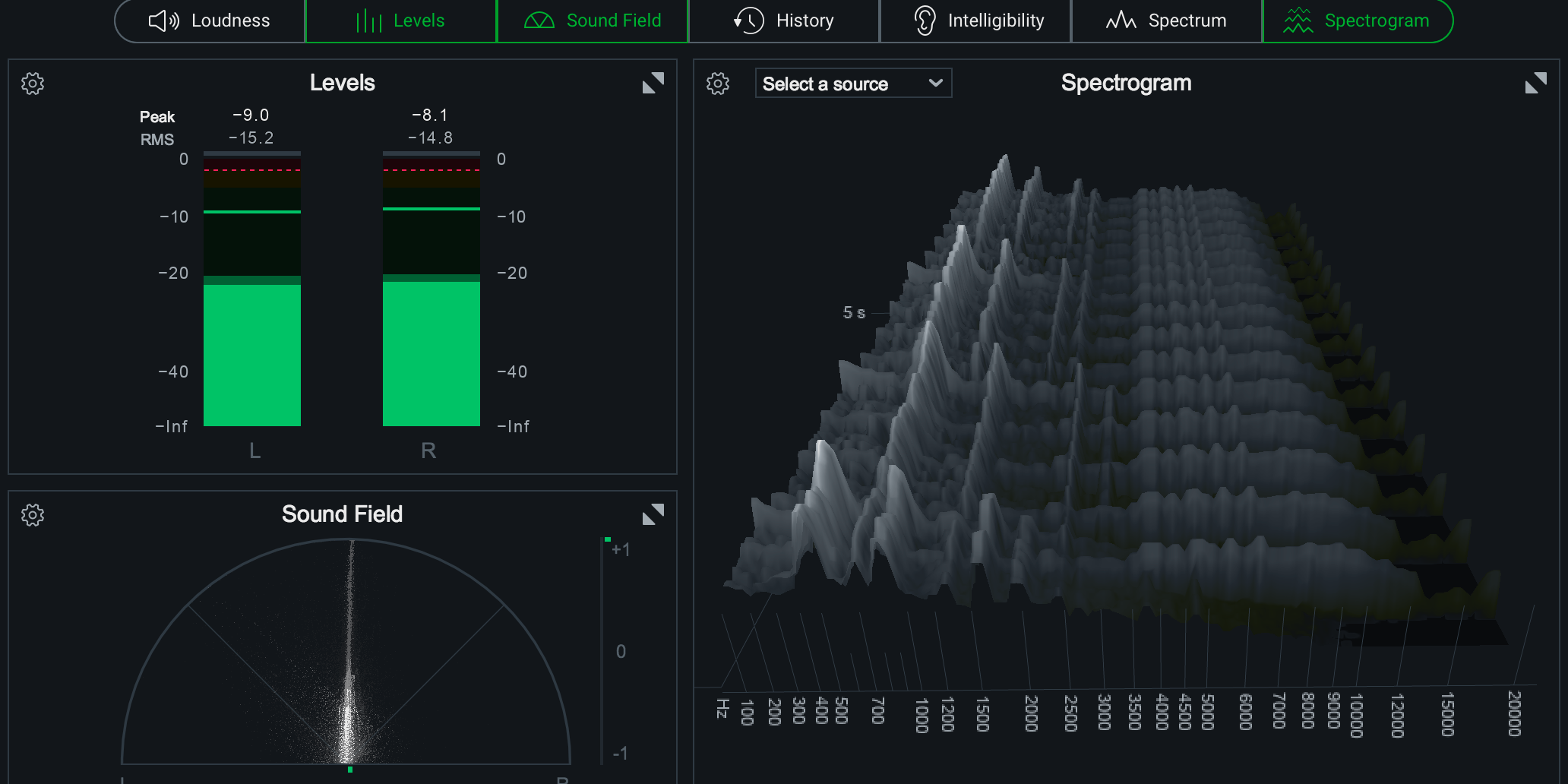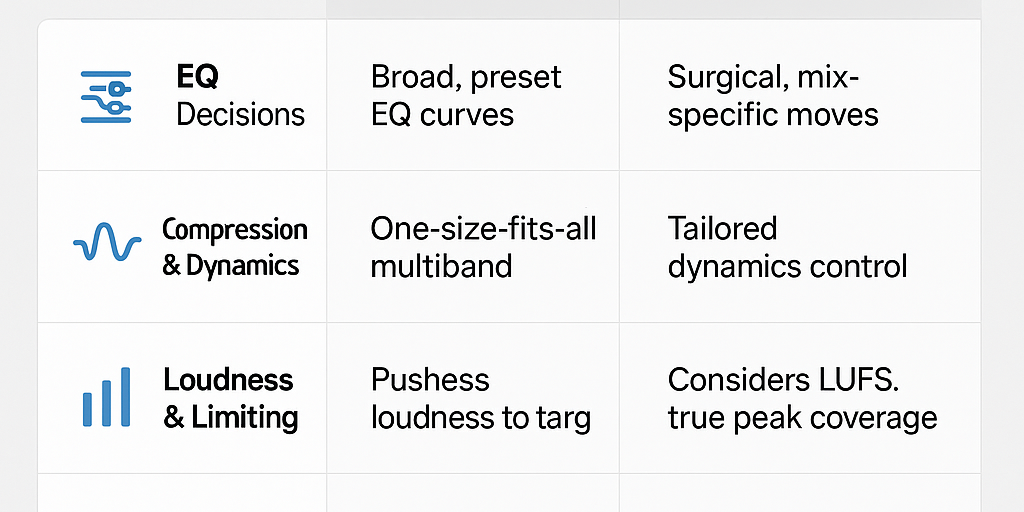Live recordings carry a unique energy that studio tracks can’t replicate. The crowd noise, the room ambience, and the raw performance all bring character — but they also introduce challenges when it comes to mastering. If you’ve recorded a live concert or acoustic session and want it to sound polished across streaming platforms, here are some tips for mastering live recordings.
1. Embrace (and Manage) the Room Ambience
Room sound and audience reactions are part of the charm of a live recording. Instead of removing them completely, the goal in mastering is to balance ambience so it enhances the performance without overwhelming it.
-
Use subtle EQ to tame room resonances.
-
Employ multiband compression to smooth out crowd noise when it spikes.
-
Keep natural dynamics intact — don’t squash the vibe that makes it feel “live.”
2. Address Inconsistent Levels
Unlike a studio session, live tracks often vary in volume from song to song or even within a single performance. A mastering engineer will:
-
Apply automation and compression to even out drastic differences.
-
Use loudness metering (LUFS) to hit consistent streaming targets (around -14 LUFS for Spotify, for example).
-
Smooth transitions between tracks in a full concert recording, so the flow feels seamless.
3. Control Harsh Frequencies
Live recordings often capture harsher elements — cymbals, feedback, or sibilance. In mastering:
-
Dynamic EQ helps tame harsh spots without dulling the overall mix.
-
Careful de-essing keeps vocals natural but controlled.
-
A touch of analog warmth (hardware EQ or tape emulation) can restore balance and depth.
4. Preserve Dynamics and Energy
The power of live music is in its dynamics. Crushing a live track to compete with a studio master often kills the authenticity. Instead:
-
Use gentle compression to maintain punch and energy.
-
Target streaming-appropriate loudness instead of pushing for maximum volume.
-
Let the performance breathe — audiences love the build-up and release of live moments.
5. Sequence with Intent (for full shows)
If you’re mastering an entire concert or live album, sequencing matters. The track order and spacing should mimic the experience of being there.
-
Crossfades can smooth transitions.
-
Consistent EQ and tonal balance across the set keep it cohesive.
-
Leave natural audience applause between songs — it makes the listening experience immersive.
6. Don’t Over-Edit
One of the biggest mistakes in mastering live music is trying to make it sound like a studio recording. Instead, lean into the rawness.
-
Clean up distracting elements, but keep the imperfections that give it soul.
-
Highlight the vibe of the room, the interaction with the crowd, and the energy that can’t be replicated in a booth.
For musicians exploring DIY mastering, tools like Youlean Loudness Meter are great for checking LUFS levels. Still, nothing beats an experienced ear for balancing the complexities of a live recording.
Ready to Take the Next Step?
If you’ve got a live concert, session, or acoustic recording that needs to shine, I’d love to help. Send me your track for a free mastering sample and hear how professional mastering can take your live sound to the next level.



